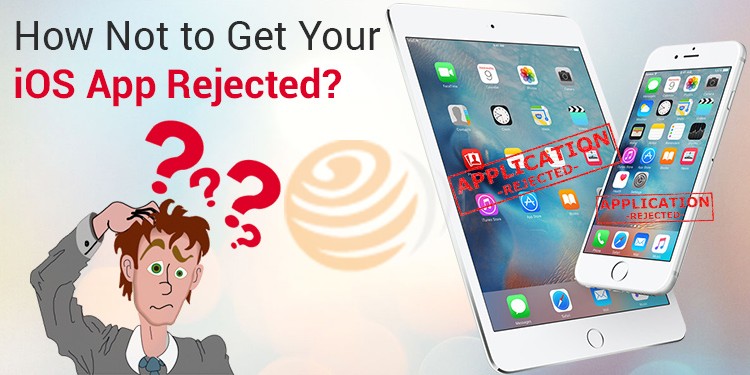Apple has a fine sense of design, thanks to the design philosophies of its founder, Steve Jobs. The products of this Cupertino company are often cited as the perfect example of how art complements technology. No wonder why Apple is the gold-standard for product design and delivery.
Apple has never licensed its OS to computer or smartphone manufacturers, unlike Windows and Android, in order to hold its control over the quality it delivers to end-users. Some appreciate this approach, while others call it counter intuitive. From whichever school of thought you belong to, you cannot deny the exemplary standards the company has set over the years.
Contrary to its software and hardware department, Apple doesn’t have a major contribution to make in its App Store as independent app developer community is the key player. But the company has its gatekeepers in place. There are algorithms and moderators that review an app before accepting it for app store. There are strict guidelines that must be followed by developers if they want their app to the lights of the iPhone (or iPad).
Here’s a small list of things that you should take care of while submitting or developing your app for iOS.
1. Give as Much Information as You Can: According to Apple, in a 7-day period, which ended on Sept 30, 2015, 16% of the apps were rejected due to less or incomplete information (the highest number of app rejections was due to this reason only).
Tip for developers: Going by Apple’s own language: fill complete information in each required field in the app submission for review. If a sign in is required, provide a demo user-name and password. Provide a demo video showing the app features if such a demo of the app’s functionality would not be possible to replicate for moderators.
Make sure you don’t end up spoiling your efforts just because you failed to give the required level of information about your app.
2. Bugs Are Bad: Nobody likes bugs. According to the findings stated above, 12% of apps got rejected because they exhibited crashes or bugs.
Tip for developers: You got that, don’t you? Test your app thoroughly before sending it for review. Make sure to test your app on all devices supported by Apple including iPad.
3. User Interface (UI) Should Be Impeccable: UI issues were the third biggest reason why iOS apps got rejected by Apple. Given the company’s a near-obsession in designing department, it expects the same from its app developer community.
Tip for developers: Apple says that if the UI of your app is not very good, it may get rejected. In simple terms, your app should not only look good but also be easy to operate (user-friendly). It must have responsive buttons, clean interface and design, easy navigations, and everything that is responsible a good user experience (UX).
4. Made for iOS: Your app should be made for iOS. This means that its content should be optimized for Apple smartphones and tablets. The incompatibility issue should be given due attention.
5. Value Addition for a Wide Audience: What is the reason for the existence of your app and what value does it provide to the users? These are two important questions that must be answered before you write the first line of code. Just any app doesn’t make the cut. Ideally, your application should provide something that isn’t already available. There are already 1.2 iOS billion apps. Apple itself remarked that it didn’t want any fart apps.
If an application is just a website in a native container with no additional features, it can be rejected. Also, if your creation barely offers anything substantial to the users, it is not worth it. Apple disapproves of apps that don’t have the potential to engage users. Also, if the app is targeted towards a niche (and thus has very few potential takers), it risks a rejection.
6. Other Factors: There should be no ambiguity in the information provided for the app moderation. App description and other content, including screenshots, should be relevant to your app’s functionality.
Once an app is submitted, don’t submit it again. There should be no broken links in your app. There must be no mentions of any other mobile platform (funnily enough, on Google Play Store, Apple has a full-blown app that enables users to transfer their data from Android to iOS to make switching to Apple easier).
These are some of the reasons why hopeful apps are sent home from the gates of iTunes store. The bar of quality is definitely high, but by keeping a few basic things in mind, you can avoid getting pushed a few days back in developing next-big hit.














